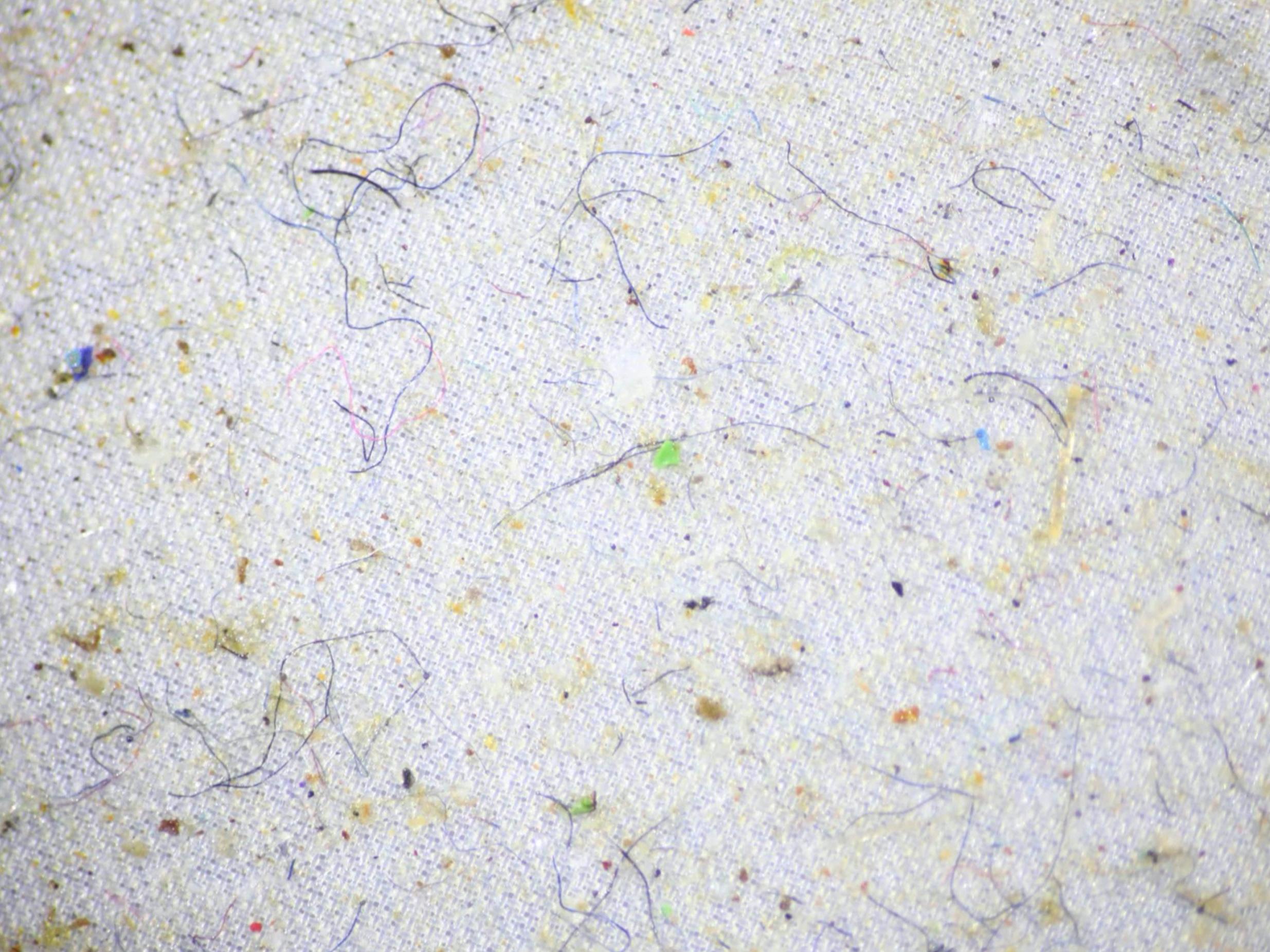Microfibres from clothing found in most remote part of world’s oceans
‘Unexpectedly high’ concentration of fibre fragments in sample of seawater collected by scientists off coast of Antarctic, writes Chris Baynes


“Unexpectedly high” quantities of micorfibres from textiles typically used in clothing have been found floating in the most remote part of the world’s oceans.
Scientists found fragments of plastic, wool, cotton, linen and other fabrics were discovered in the Southern Ocean off the coast of Antarctica.
Researchers at Italy’s Institute of Marine Science believe the microscopic strands may have travelled long distances by plane or boat.
The team examined 916 seawater samples collected from 617 locations around the world.
A total of 23,593 fibres were identified, an average of 18 in every bucketful.
The high concentration of microfibres was found in the Mediterranean Sea, a densely populated and enclosed basin which has the worst plastic pollution in the world.
“Unexpectedly, high concentrations were also found in the Southern Ocean, often regarded as a pristine environment,” said Dr Giuseppe Suaria, lead author of the study published in the journal Scientific Advances.
A total of 23,593 fibres were identified, an average of 18 in every bucketful.
They were completely absent in only three samples, one taken from the North Atlantic and two off the coast of Mozambique in the Indian Ocean.
The longest strands of microfibres were found in the Mediterranean.
“This probably indicates recent inputs into the basin, being closer to pollution sources and more similar to the length of cotton and rayon fibres freshly released by laundering,” Dr Suaria said.
“At sea, they will be progressively broken down, which might explain the shorter and thinner fibres found in the Southern Ocean, relatively far from main sources.
“Alternatively, smaller fibres may be most easily affected by long-range aerial transport, thus reaching the most remote areas of the planet.”
But while microfibres are typically considered to be a form of plastic pollution, the researchers found that only 8 per cent of the textiles found floating in the ocean were synthetic, despite their dominance in the textile market. The vast majority were from plant- or animal-based materials.
This finding, they suggested, indicates that “hundreds of earlier studies may have miscounted some cellulose-based fibres as synthetics, resulting in inflated estimates of microplastic abundance”.
While production of both natural and synthetic fibres has more than doubled worldwide in the last 20 years, reaching 107 million metric tons in 2018, synthetic fibres have dominated since the mid-1990s. Textiles of both varieties are mainly used in clothing and enter the environment when garments are washed or through wear and tear.
But Dr Suaria noted that while wool and cotton are considered to be biodegradable, little is known about how other natural fibres break down in oceans over time.
He added: “Both varieties are mainly used in clothing, entering the environment when garments are washed or through wear and tear.
“Here, we show natural and synthetic fibres are ubiquitous in the world’s oceans and their abundance and composition are not homogeneous among ocean basins.
“Understanding the ecological impacts and biodegradation rates of natural and synthetic fibres in a range of environmental conditions is crucial for assessing their potential impacts on environments and ecosystems worldwide.”
Microplastics were recently found in Antarctic sea ice for the first time, a study published last month revealed.
Some 96 tiny particles of plastic from 14 different types of polymer were found in an ice core collected in East Antarctica in 2009.
The particles were still relatively large in size suggesting that they had come from local pollution and had less time to break down than if they had been swept a long way by ocean currents.
Join our commenting forum
Join thought-provoking conversations, follow other Independent readers and see their replies
Comments
Bookmark popover
Removed from bookmarks